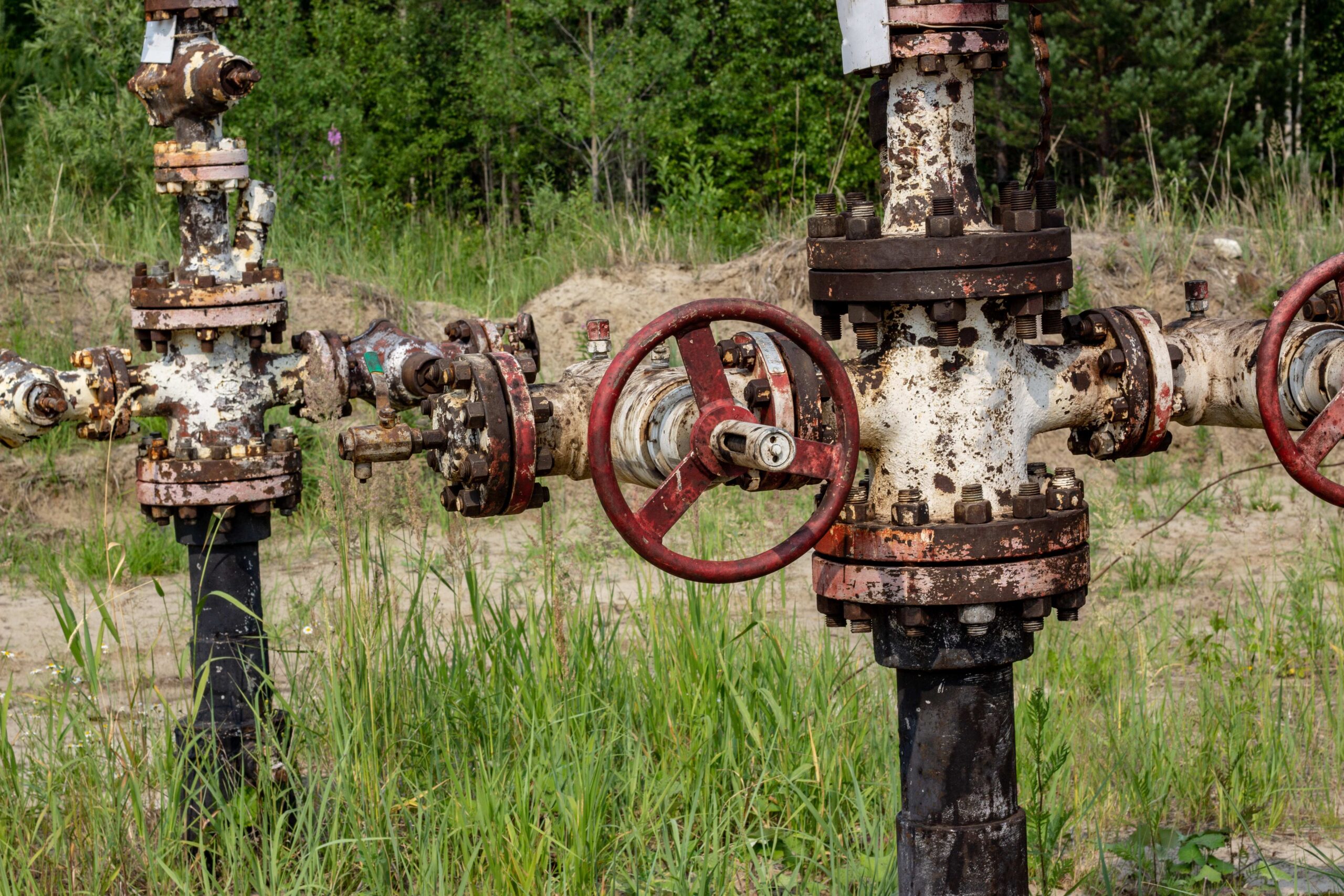This website uses cookies so that we can provide you with the best user experience possible. Cookie information is stored in your browser and performs functions such as recognising you when you return to our website and helping our team to understand which sections of the website you find most interesting and useful.
Policy Update: Methodologies Related to ACR ODS Projects in Canada

In April 2024, ACR issued a policy update for ACR’s Methodology for the Quantification, Monitoring, Reporting and Verification of Greenhouse Gas (GHG) Emission Reductions from the Destruction of Ozone Depleting Substances (ODS) and High-Global Warming Potential (GWP) Foam (v. 2.0) (ODS Methodology), suspending all activities related to Canadian ODS destruction projects. ACR staff investigated the regulatory additionality of ODS projects in Canada considering Environment and Climate Change Canada’s (ECCC) Reducing Greenhouse Gas Emissions from Refrigeration Systems Protocol, Halocarbon Refrigerants Pollution Prevention Plan Notice, and Ozone-Depleting Substances and Halocarbon Alternatives Regulations. ACR has concluded the investigation and, per the details below, determined that regulatory additionality for ACR’s ODS Methodology remains intact. Effective immediately, ACR is resuming activities related to these projects.
Reducing Greenhouse Gas Emissions from Refrigeration Systems (RGGERS) (version 1.1) RGGERS offset protocol v. 1.1 was published in December 2023 and is part of Canada’s GHG Offset Credit System established under Part 2 of the GHG Pollution Pricing Act. The protocol allows for generation of carbon credits when an existing commercial or industrial refrigeration or air-conditioning system recovers and either reclaims or destroys high-GWP refrigerants and replaces them with eligible refrigerants, among other provisions. ODS refrigerants, including chlorofluorocarbons (CFCs) and hydrochlorofluorocarbons (HCFCs), are explicitly excluded from credit generation under the RGGERS protocol. In response to ACR staff’s inquiry regarding why ODS refrigerants are excluded, ECCC staff responded as follows:
“GHG emissions reductions under the Reducing Greenhouse Gas Emissions from Refrigeration Systems (RGGERS) protocol cannot be generated from destroying, reducing or replacing ozone depleting substances (ODS), such as CFCs and HCFCs, because these are not GHGs listed in Schedule 3 of the [Greenhouse Gas Pollution Pricing] Act. ODS are covered by the Montreal Protocol and are not reported in Canada’s National Inventory Report.”
Carbon credits issued for the destruction of ODS refrigerants in Canada under ACR’s ODS Methodology remain additional despite the exclusion from the RGGERS protocol because the exclusion of ODS under RGGERS is an accounting choice, not a determination of regulatory additionality.
Halocarbon Refrigerants Pollution Prevention Plan Notice (Notice) This Notice, which was published on May 21, 2016, is under the Canadian Environmental Protection Act (1999). It requires manufacturers, reclaimers, and importers of CFC, HCFC, and hydrofluorocarbon (HFC) refrigerants to develop a pollution prevention plan to “manage halocarbon refrigerants in an environmentally sound manner in order to minimize the release of halocarbons into the environment,” and to join or develop a refrigerant stewardship program. Each stewardship program (of which Refrigerant Management Canada is the largest) must do the following, among other requirements:
- “develop annual targets (for calendar years) of halocarbon refrigerants recovered in Canada that are accepted in the stewardship program in order to be reclaimed or destroyed” (emphasis added), and
- “establish criteria to decide when a halocarbon refrigerant accepted in the stewardship program can be reclaimed, or when a halocarbon refrigerant must be destroyed.”
The Notice, which is administered by ECCC, does not include any mention of ECCC review and approval of these targets, criteria, or any other parts of the pollution prevention plans. Moreover, it does not include any requirement to meet recovery targets and does not include destruction- or reclamation-specific targets. Refrigerant Management Canada (RMC) criteria (from a 2017 implementation declaration) for determining what can be reclaimed versus what must be destroyed shows that they favor reclamation:
“the Collection Service Provider will determine if the refrigerant is to be reclaimed or destroyed … The exception to this specification is if the RMC tag/proprietary tracking system or customer states that they want the refrigerant destroyed, the Collection Service Provider will place the refrigerant in the program, regardless of whether the refrigerant can be reclaimed.”
Carbon credits issued for the destruction of ODS refrigerants in Canada under ACR’s ODS Methodology remain additional subsequent to the Notice because it does not include any requirement to meet refrigerant recovery targets, does not require destruction of any specific volume of refrigerants, and because refrigerant stewardship programs have broad authority to choose whether to reclaim (versus destroy) refrigerants.
Ozone-Depleting Substances and Halocarbon Alternatives Regulations (ODSHAR) ODSHAR is a federal regulation under the Canadian Environmental Protection Act (1999) that was first published on March 21, 2015, and last amended on August 23, 2020. ODSHAR sets out rules concerning ODS, products containing ODS, and halocarbon alternatives to implement Canada’s obligations under the Montreal Protocol, including the Kigali Amendment. ODSHAR does not require the destruction of refrigerant ODS, but instead dictates the allowed possible fates of these refrigerants (e.g., reclamation, destruction, feedstock, limited uses).
Carbon credits issued for the destruction of ODS refrigerants in Canada under ACR’s ODS Methodology remain additional subsequent to ODSHAR because it does not require destruction of ODS.




